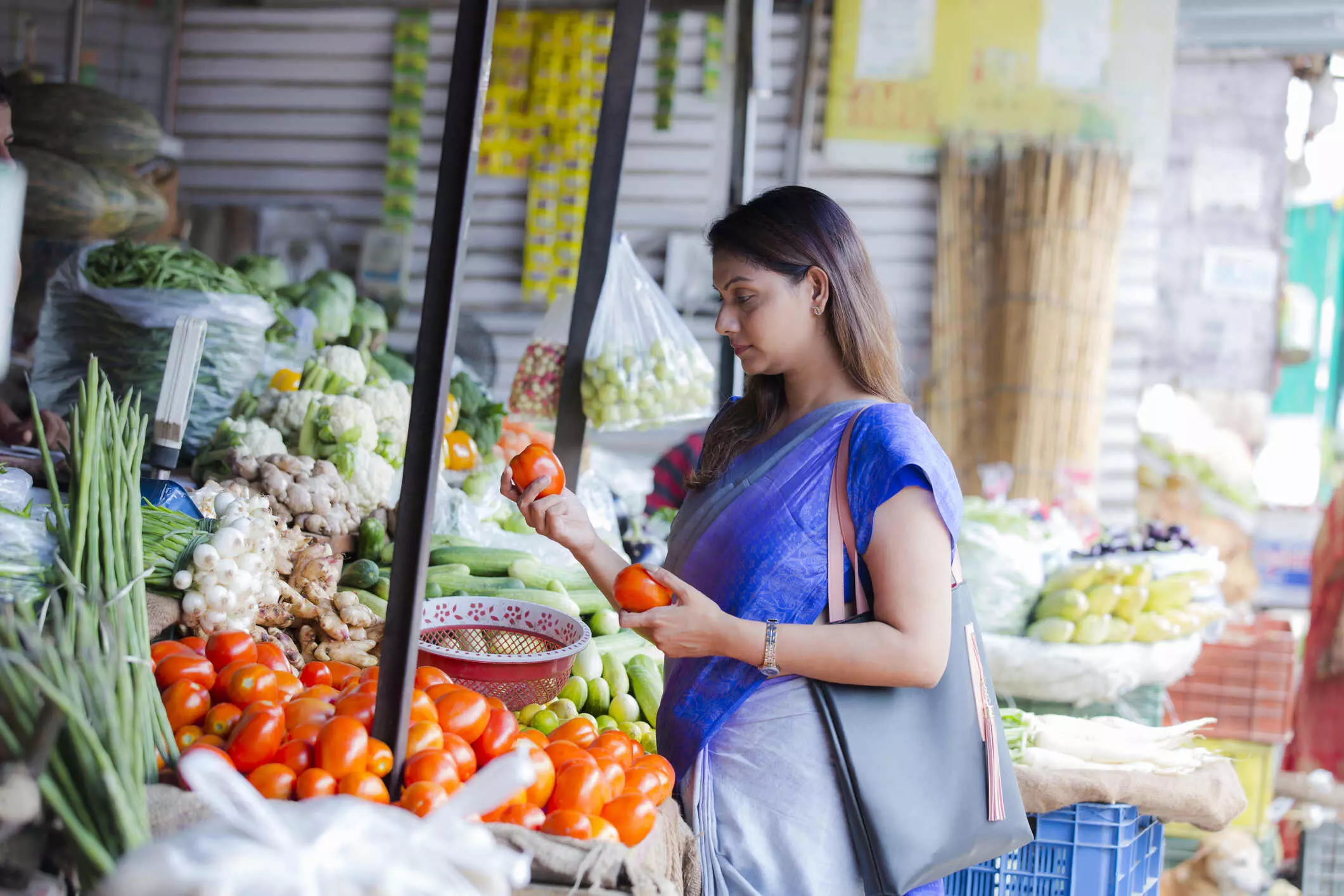
India's retail inflation eases to over six-year low in June
Retail inflation hits 6-year low: Good news or bad news? | Interview
With June inflation at a 6-year low, Gaura Sengupta of IDFC First Bank explains why this matters for your wallet, the markets, and RBI’s next rate move

India's inflation has dropped to 2.1 per cent — a six-year low — raising questions about the sustainability of this downward trend and its implications for the Reserve Bank of India’s (RBI) monetary policy.
Also read: WPI inflation falls to minus 0.13 pc in June as prices ease
In this interview with The Federal, IDFC Bank Chief Economist Gaura Sengupta discusses what’s driving the fall in inflation, its effects on urban and rural consumption, and whether India is at risk of entering a low-growth, low-inflation phase.
Is the sharp drop in inflation to 2.1 per cent a sustainable trend or a one-off event?
This is a sustainable trend. There has been a sharp decline in food inflation, which has been broad-based across volatile items such as vegetables, pulses, and cereals. This reflects last year’s good monsoon, which led to strong kharif and rabi crop outputs. This year’s monsoon has also picked up well.
Core inflation, which excludes food and fuel, has seen some increase, but that’s more due to base effects rather than real demand pressures. So, overall, the trend is broad-based and points to sustainable disinflation, particularly on the food side.
Also read: India’s import of Russian oil hits 11-month high in June
Would you say the disinflation is genuine or largely statistical due to base effect?
It's not just a base effect. We’re seeing softer-than-usual seasonal increases in food prices month-on-month, especially in cereals, pulses, and vegetables. This points to improved food supply, thanks to favourable monsoon conditions.
For core inflation, the month-on-month momentum is normal. The slight elevation is due to an adverse base and a surge in gold prices. If you exclude gold and fuel — what we call core-core inflation — it’s been very benign, averaging 3.4 per cent to 3.6 per cent over the last six months. That suggests the economy is operating below potential.
Also read: Base effect apart, easing food prices promise another 6 months of low inflation
What impact will this inflation trend have on the upcoming RBI monetary policy meeting?
Our base case has always been a terminal repo rate of 5.25 per cent. We held this view before and after the June policy. The scope for one more rate cut arises from inflation significantly undershooting the RBI’s target. Their projection is 3.7 per cent, but our forecast is closer to 2.7 per cent for the year.
The RBI’s move to a neutral stance doesn’t eliminate the possibility of a rate cut. It simply balances the probabilities — for a cut, a pause, or even a hike. The June stance change was more about communication after they front-loaded a 50-basis-point cut, which typically would be just 25 basis points.
Even recently, the governor said that if growth or inflation underperforms expectations, there's room to cut rates further. So, we still see space for one more rate cut, and the neutral stance does not stand in the way of that.
What does the current inflation environment mean for urban and rural consumption?
Consumption remains tepid. While there were hopes for a pivot following direct tax cuts announced during the Union Budget, both FDI and private investments haven’t picked up meaningfully.
That said, the weakness in growth is moderate, not dramatic. India remains stronger compared to many global peers, though exports are under pressure due to tariff tensions.
Urban consumption is showing weakness due to slowed wage growth since FY25 and the exhaustion of household savings buffers built up during the pandemic. Pre-COVID, household savings were higher; now they're lower, revealing the strain from sluggish income growth.
Private corporate capex is also tentative due to external uncertainties and unclear urban demand. But rural consumption shows promise. Since March, there’s been a pickup in rural FMCG sales and wage growth. Strong kharif and rabi sowing seasons are expected to further support this trend.
Government capital expenditure is also contributing positively. Both the Centre and states have ramped up capital outlays in Q1 FY26, and we see this as another tailwind. We still expect GDP to grow at 6.3 per cent in FY26, slightly down from 6.5 per cent last year, but broadly in line with RBI’s projections.
Are we heading into a low-growth, low-inflation trap?
Not quite. While we project inflation at 2.7-2.8 per cent for FY26, we expect it to pick up to around 4 per cent in FY27. Much of this rebound is driven by base effects.
We’re not entering a scenario like Japan’s prolonged deflation. What we are seeing is a commodity-led disinflation. Core inflation is gradually rising, but since the economy is operating below capacity, the increase is muted.
India’s inflation basket is about 50 per cent food, which is supply-driven. The rest — fuel, light, and core — is smaller. Core reflects demand and is currently subdued, indicating softness in urban recovery, but not a structural or alarming trend.
(The content above has been generated using a fine-tuned AI model. To ensure accuracy, quality, and editorial integrity, we employ a Human-In-The-Loop (HITL) process. While AI assists in creating the initial draft, our experienced editorial team carefully reviews, edits, and refines the content before publication. At The Federal, we combine the efficiency of AI with the expertise of human editors to deliver reliable and insightful journalism.)

